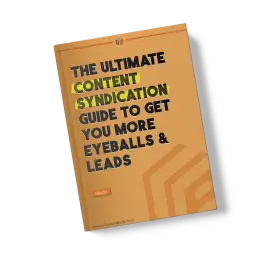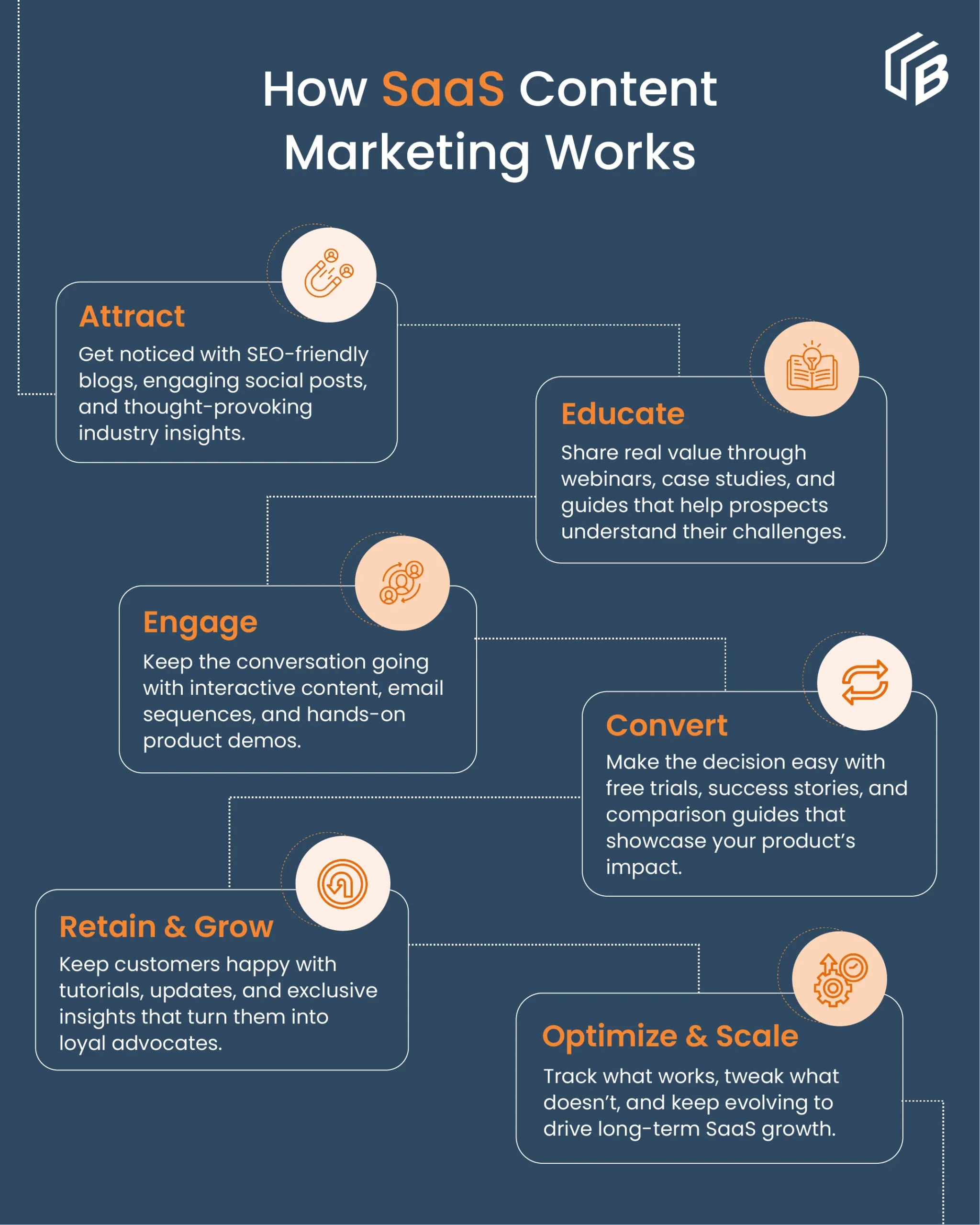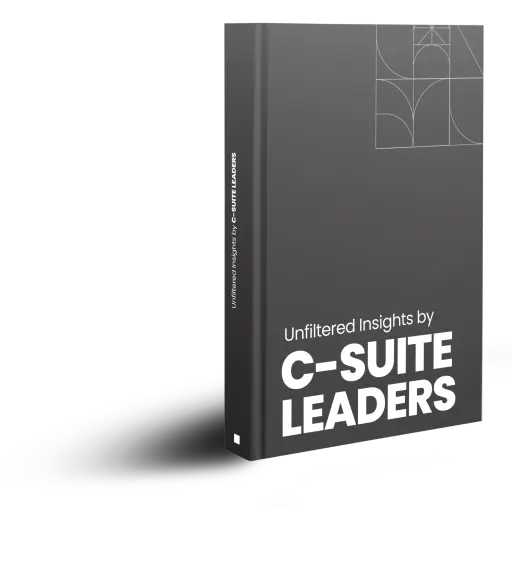
Decision-makers face a constant dilemma: how to capture their attention given the overload of blogs and webinars alongside unending LinkedIn posts?
Your SaaS brand becomes the preeminent authority by implementing effective SaaS content marketing approaches.
Excellent content functions beyond being background noise because it serves as an essential engine that produces trust while drawing prospects and transforming them into dedicated customers. Proper implementation of SaaS content strategies enables customers to flow naturally through the sales process to reach maximum customer value.
SaaS companies succeed in competitive markets through content marketing strategies that deliver thought leadership through data analysis and maximize organic traffic by optimizing SEO and demonstrating actual business results through case studies. This discussion will analyze essential strategies that maximize your brand growth through effective content usage.
Why Content Marketing is Essential for SaaS Growth
B2B SaaS content marketing follows a different mold than standard businesses since it needs ongoing educational touchpoints and sustained connection with customers. SaaS products need extensive understanding from their users before purchase, so content marketing proves essential for both initial adoption and lasting success. Here’s why it works
- Builds Trust and Credibility: Expert SaaS businesses establish their position as industry leaders by delivering consistent valuable insights, expert opinions, and educational content. The production of thought leadership content via whitepapers and reports along with articles helps establish trust with potential customers while building authority.
- Drives Organic Traffic with SEO: When implemented correctly, SEO serves as an essential element within SaaS content marketing to help content achieve better Google search rankings. Organic traffic growth occurs when businesses concentrate on specific keywords while developing valuable blog content with an emphasis on earning backlinks from authoritative sources.
- Nurtures Leads Throughout the Buyer’s Journey: Content marketing facilitates the entire SaaS buyer journey, which extends from initial awareness through the entire decision-making process. Prospects learn about the product through educational blogs, webinars, and guides, but case studies and demo videos along with free trials assist them in their purchase decisions.
- Boosts Conversions with Social Proof: Customer testimonials, case studies, and product-led content highlight real-world success stories. When prospects observe how other businesses profit from the software, they become more likely to make a purchase.
- Retains Customers and Reduces Churn: SaaS business models require high retention and recurring payments for their survival. Software education through onboarding guides and product updates along with advanced tutorials enables users to tap into full software potential, thus lowering churn rates while improving customer longevity.
Companies using SaaS can maintain strong competitive positions through focused content marketing strategies that build continuous customer engagement, boost product adoption rates, and maximize long-term revenue streams. A SaaS business that combines SEO with multi-channel distribution and performance tracking produces sustainable and scalable content marketing infrastructure.
Let’s take a look at how SaaS Content Marketing Works:
How to Align SaaS Content Marketing with the Buyer’s Journey
Understanding the buyer’s journey is crucial for an effective B2B SaaS content marketing strategy. Content should cater to different stages, ensuring potential customers receive the right information at the right time.
1. Awareness Stage
At this stage, potential customers are beginning to recognize a problem they need to solve. They are not yet looking for a specific solution but are seeking educational content that helps them better understand their challenges.
Content Types:
- Blog posts covering industry pain points, trends, and common challenges.
- Ebooks and whitepapers offering in-depth insights on relevant topics.
- Infographics simplifying complex issues in an engaging, visual format.
- Social media content that sparks curiosity and builds brand awareness.
Key Goal: Establish thought leadership and build brand visibility by providing value-driven content that resonates with your target audience.
2. Consideration Stage
At this point, prospects are actively researching potential solutions. They are comparing different approaches, evaluating options, and seeking evidence that your SaaS product can address their specific needs.
Content Types:
- Webinars featuring industry experts and product demonstrations.
- Case studies showcasing real-world success stories and quantifiable results.
- Comparison guides that highlight your SaaS product’s advantages over competitors.
- Email nurturing campaigns delivering personalized insights and resources.
Key Goal: Provide in-depth, solution-oriented content that helps prospects understand why your SaaS product is the best choice.
3. Decision Stage
Here, the prospect is ready to make a purchasing decision. They need reassurance that they’re making the right choice and are looking for final validation before committing.
Content Types:
- Free trials or demo versions of your SaaS product to showcase its capabilities.
- Customer success stories demonstrating how similar businesses benefited from your solution.
- Product comparison charts detailing key features and benefits.
- Personalized consultations or live demos to address specific questions.
Key Goal: Reduce buyer hesitation by providing hands-on experiences and social proof to reinforce confidence in your SaaS solution.
4. Retention Stage
Once a customer has converted, the goal shifts to keeping them engaged, ensuring they maximize value from your product, and ultimately turning them into long-term advocates.
Content Types:
- Comprehensive knowledge bases and FAQ sections for self-service support.
- Email newsletters with product updates, tips, and exclusive insights.
- Advanced tutorials and video guides to help users get the most out of your software.
- Customer communities or forums where users can share insights and experiences.
Key Goal: Enhance customer satisfaction, encourage product adoption, and foster brand loyalty to reduce churn and increase lifetime value.
Best Practices for SaaS Content Marketing Success
To maximize the impact of content marketing strategies for B2B SaaS companies, follow these seven best practices:
1. Define Clear Goals
Set specific, measurable, achievable, relevant, and time-bound (SMART) goals for your content marketing efforts. These could include:
- Get more visits on your website and turn visitors into loyal customers.
- Convert more leads with content that speaks directly to your audience.
- Keep customers engaged and coming back for more.
- Position yourself as the go-to expert in your industry.
When you set clear goals, you can measure success and fine-tune your strategy along the way.
2. Create Data-Driven Thought Leadership Content
Positioning your brand as an industry leader requires publishing high-value content backed by data. This includes:
- Original research reports with industry trends and statistics.
- Expert interviews offering unique insights.
- In-depth guides that educate readers on complex topics.
Using this data and expert opinions, you can build trust and establish credibility in your niche.
For example, our eBook,offers actionable strategies to amplify your content’s reach and nurture potential buyers even when they’re not ready to make a purchase. Download it today to enhance your content marketing approach!”

3. Optimize for SEO
A well-structured content strategy for SaaS incorporates SEO to improve search visibility. Key SEO practices include:
- Conducting keyword research to target high-traffic queries.
- Optimizing on-page elements such as meta descriptions, headers, and internal linking.
- Building authoritative backlinks to enhance domain authority.
- Regularly updating content to keep it relevant and ranking high on search engines.
- Investing in SEO ensures long-term organic growth and visibility.
4. Leverage Multi-Channel Content Distribution
Promoting content across multiple platforms maximizes reach and engagement. Consider these channels:
- Social Media: LinkedIn, Twitter, and Facebook for B2B engagement.
- Email Marketing: Newsletters and drip campaigns for lead nurturing.
- Paid Advertising: Google Ads and LinkedIn Ads to amplify visibility.
- Community Engagement: Forums, webinars, and industry groups to build relationships.
Distributing content strategically ensures it reaches the right audience at the right time.
5. Use Case Studies and Customer Success Stories
Real-world success stories showcase how your SaaS product delivers value. Strong case studies include:
- Clear challenges the customer faced before using your product.
- Step-by-step solutions and how your SaaS addressed the issue.
- Measurable results such as increased revenue, efficiency, or customer satisfaction.
Case studies add social proof and make it easier for prospects to trust your brand.
6. Repurpose and Update Existing Content
Maximize content potential by repurposing it into different formats. For example:
- Turn blog posts into infographics, videos, or social media threads.
- Convert webinars into blog summaries or downloadable guides.
- Refresh outdated content with new data, examples, and visuals.
This approach extends content lifespan and keeps it relevant for your audience.
7. Analyze Performance and Iterate
Continuously track content performance using analytics tools like Google Analytics, HubSpot, or SEMrush. Key metrics to monitor include:
- Page views and organic traffic growth.
- Engagement metrics (time on page, bounce rate, social shares).
- Conversion rates and lead generation effectiveness.
- Customer retention and feedback.
Use insights to refine your SaaS content marketing strategy, double down on high-performing content, and improve underperforming assets.
How to Grow a SaaS Business with Content Marketing
The implementation of a well-organized B2B SaaS content marketing strategy leads to these benefits:
- Drive sustainable growth through organic traffic.
- Improve brand positioning in a competitive market.
- Generate high-quality leads that convert into long-term customers.
- Build a loyal customer base with educational and engaging content.
Implementing well-designed content marketing strategies strengthens SaaS companies over the course of future success. When your SaaS business connects content to buyer stages while optimizing SEO performance through diverse distribution methods, it can establish sustainable development and sector leadership.
Conclusion
SaaS content marketing strategies build enduring trust while generating leads to produce enduring business relationships. Brands that achieve the best results generate audience discussions rather than merely distributing content.
Maintain your leadership position through customer observations, market trend awareness, and strategic refinements using concrete performance metrics. Continued experimentation with different formats and messaging remains essential to stay relevant in SaaS. In a competitive SaaS landscape, the brands that provide the most value will lead the way.
Our blog
Latest blog posts
Tool and strategies modern teams need to help their companies grow.

To build a marketing strategy that drives real results, you need more than creative i...

The 95/5 rule in B2B marketing shows that while only 5% of buyers are ready to purcha...

Running a business comes with its own set of challenges, especially when it comes to ...







